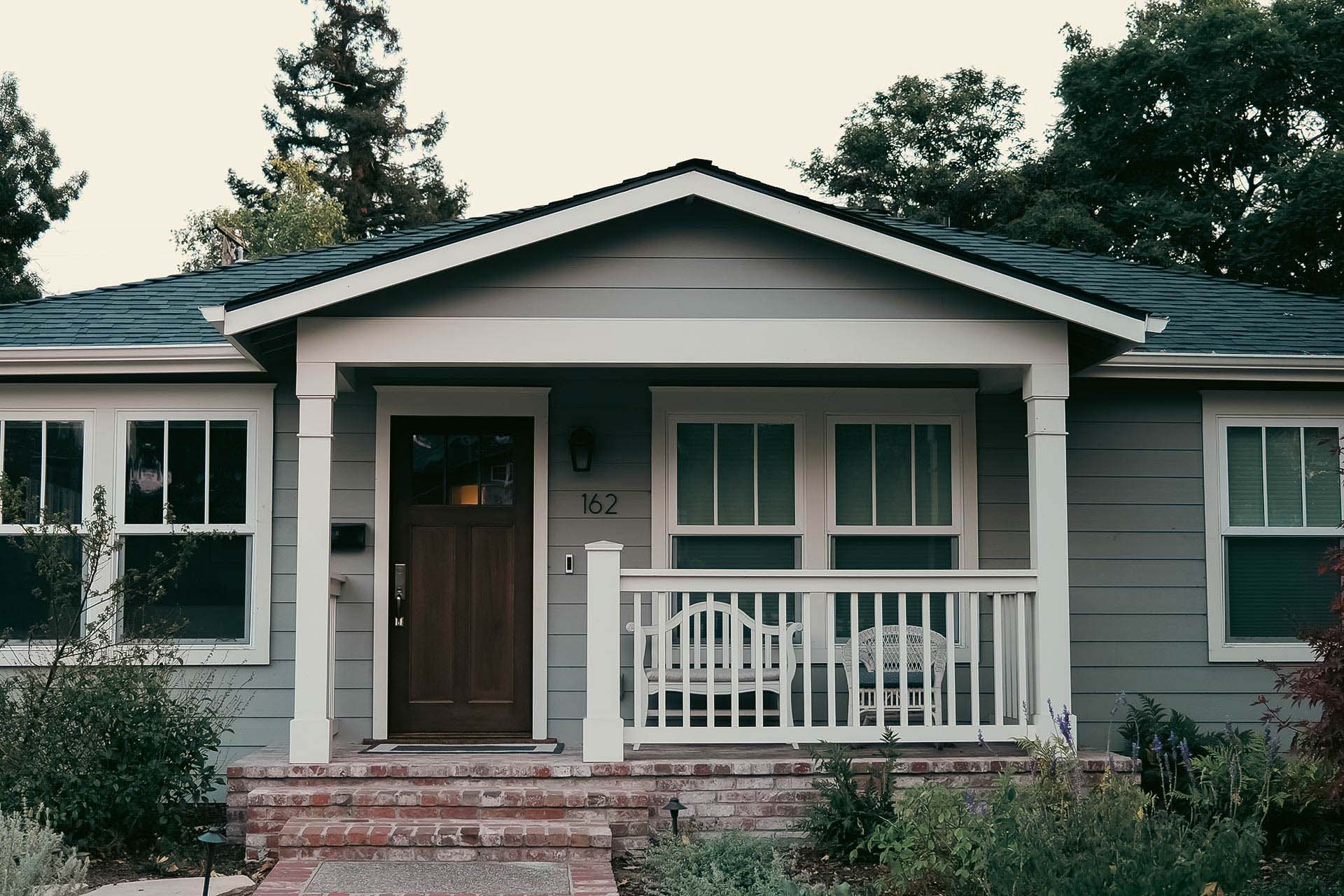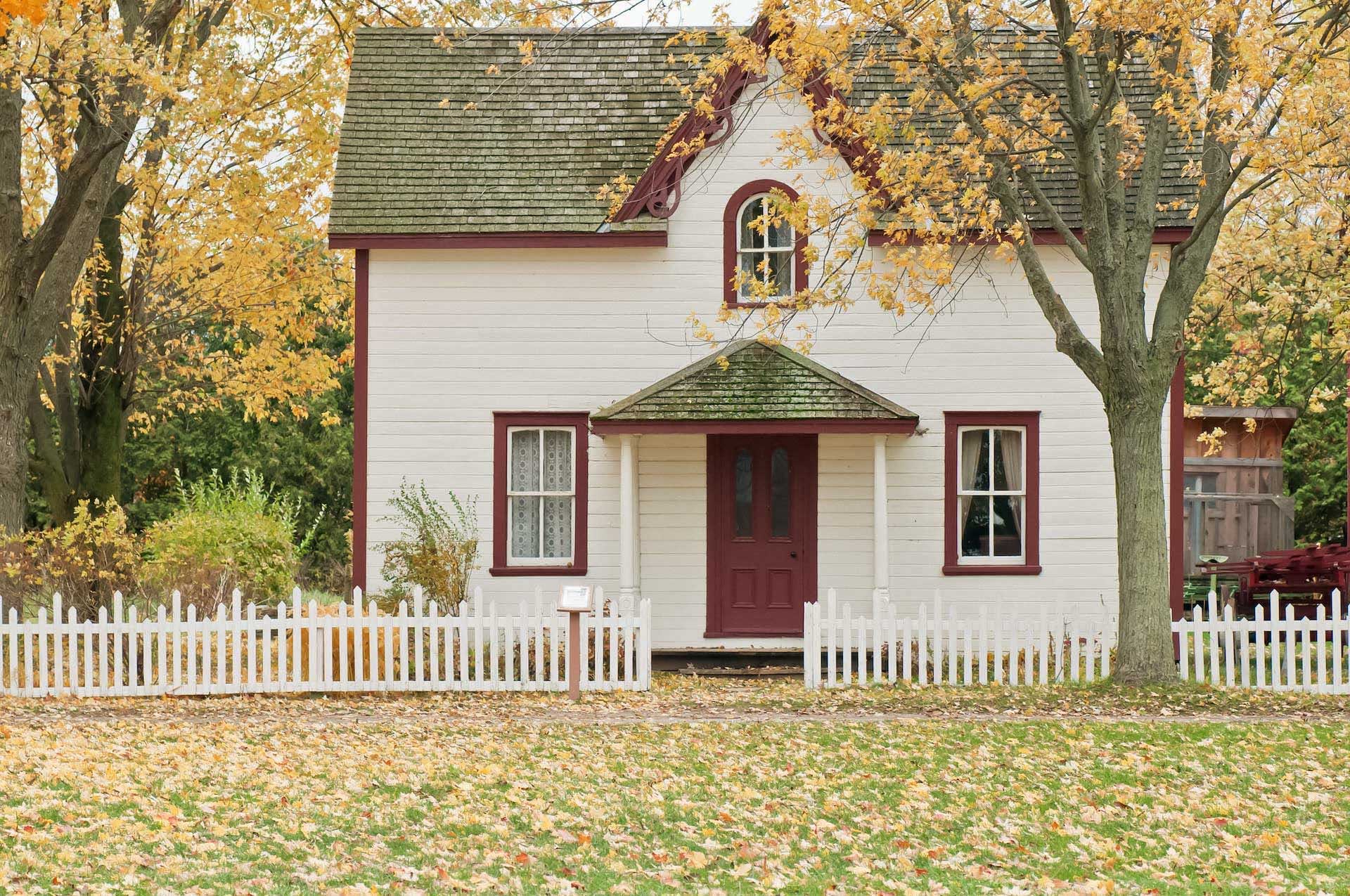Homeownership isn’t just about building equity—it’s also a powerful way to live more sustainably. As a homeowner, you have the freedom to make eco-friendly choices that benefit both your living space and the planet. From investing in energy-efficient upgrades to exploring renewable energy options, you can take meaningful steps to reduce your environmental impact while saving on utility costs.
Owning a home also opens the door to sustainable living practices that aren’t always possible for renters. Whether it’s installing solar panels, setting up composting systems, or choosing eco-friendly materials, homeowners can create greener, more efficient spaces. Plus, long-term ownership means fewer moves, cutting down on waste and consumption.
With the right choices, homeownership can be a path to both financial and environmental sustainability. Here’s how you can make your home more eco-friendly.
Energy efficiency upgrades
Upgrading your home with solar panels and smart thermostats can significantly reduce energy consumption. Solar panels convert sunlight into electricity, cutting your reliance on fossil fuels and lowering utility bills. Smart thermostats take efficiency a step further by learning your schedule and adjusting heating and cooling systems automatically, ensuring energy isn’t wasted when you’re away. Together, these upgrades can lead to substantial savings while making your home more eco-friendly.
Switching to Energy Star appliances and LED lighting is another simple yet impactful way to boost energy efficiency. Energy Star-rated refrigerators, washing machines, and other appliances meet rigorous efficiency standards, consuming less power without sacrificing performance. Meanwhile, LED bulbs use a fraction of the energy of incandescent bulbs and last much longer. These easy upgrades can lead to noticeable savings over time while reducing your household’s carbon footprint.
Enhancing your home’s insulation is another game-changer. Proper insulation keeps indoor temperatures stable, reducing the need for heating in the winter and air conditioning in the summer—two major energy drains. Adding insulation to walls, attics, and floors improves comfort while cutting energy costs, making your home more efficient year-round.
The Canadian government actually offers rebates to help cover the cost of many of these green upgrades. Through programs like the Home Renovation Savings initiative, you can get thousands back for improvements like heat pumps, insulation, solar panels, and even smart thermostats. Some rebates go as high as $12,000, and depending on the upgrade, you might not even need a home energy assessment to qualify. It’s a great way to make your home more energy-efficient without breaking the bank.
Sustainable landscaping choices
Opting for drought-tolerant and native plants in your yard is a smart way to conserve water while enhancing your landscape. Native plants are naturally suited to the local climate, requiring minimal water and upkeep. Similarly, drought-tolerant species thrive with little irrigation, making them perfect for areas prone to dry spells. Together, these plants create a beautiful, low-maintenance garden that supports local wildlife and reduces water consumption.
For even greater sustainability, consider rain gardens and permeable paving. Rain gardens are designed to capture and filter rainwater, reducing runoff and preventing stormwater pollution. Filled with native plants that thrive in wet conditions, they help manage excess water naturally. Permeable paving—such as gravel, porous concrete, or permeable pavers—allows rainwater to soak into the ground, replenishing groundwater and reducing the risk of flooding.
Reducing waste at home
Implementing recycling and composting systems is a simple yet impactful way for homeowners to reduce waste. Setting up designated bins for paper, glass, and plastics makes recycling effortless, while composting food scraps and yard waste transforms organic materials into nutrient-rich soil instead of sending them to landfills. These practices help minimize your home’s waste footprint and contribute to a healthier environment.
Another key step toward sustainability is cutting down on single-use plastics. By switching to reusable alternatives like cloth bags, glass containers, and metal straws, homeowners can significantly reduce plastic waste. Shopping in bulk and choosing products with minimal packaging further decrease unnecessary waste, making everyday purchases more eco-friendly.
Long-term homeownership also promotes sustainability by reducing the waste associated with frequent moves. Each relocation generates packing materials, discarded furniture, and other unwanted items. By staying in one place and investing in durable, high-quality upgrades, homeowners can minimize waste while creating a more efficient and sustainable living space.
Integrating renewable energy solutions
Solar panel installations are a popular choice for homeowners looking to embrace renewable energy. By capturing sunlight and converting it into electricity, solar panels reduce reliance on traditional power sources, lowering both energy bills and carbon footprints over time. While the upfront cost can be significant, government incentives and long-term savings on utility bills make solar power a smart investment.
Geothermal heating systems offer another highly efficient alternative. These systems harness the Earth’s natural heat to warm your home in the winter and cool it in the summer, using far less energy than conventional HVAC systems. Though installation costs can be high, the substantial energy savings and environmental benefits make geothermal a compelling long-term solution.
Making impactful environmental changes
Homeownership empowers you to make meaningful environmental changes. From upgrading to energy-efficient appliances and investing in renewable energy to designing sustainable landscapes, homeowners have the opportunity to reduce their carbon footprint and contribute to a greener future. Managing waste effectively and participating in local eco-friendly initiatives further amplify this impact, creating lasting benefits for both your community and the planet.
Every sustainable choice adds up, improving not only your home but also the world around you. Homeownership provides a unique opportunity to live more responsibly while enjoying the rewards of an eco-friendly lifestyle.
Ready to create a more sustainable home? Ourboro can help you achieve your shared equity homeownership goals while supporting your green initiatives. Contact us today to learn how we can help you make a positive impact on both your future and the environment.





